Ice-In & Ice-Out Tracking
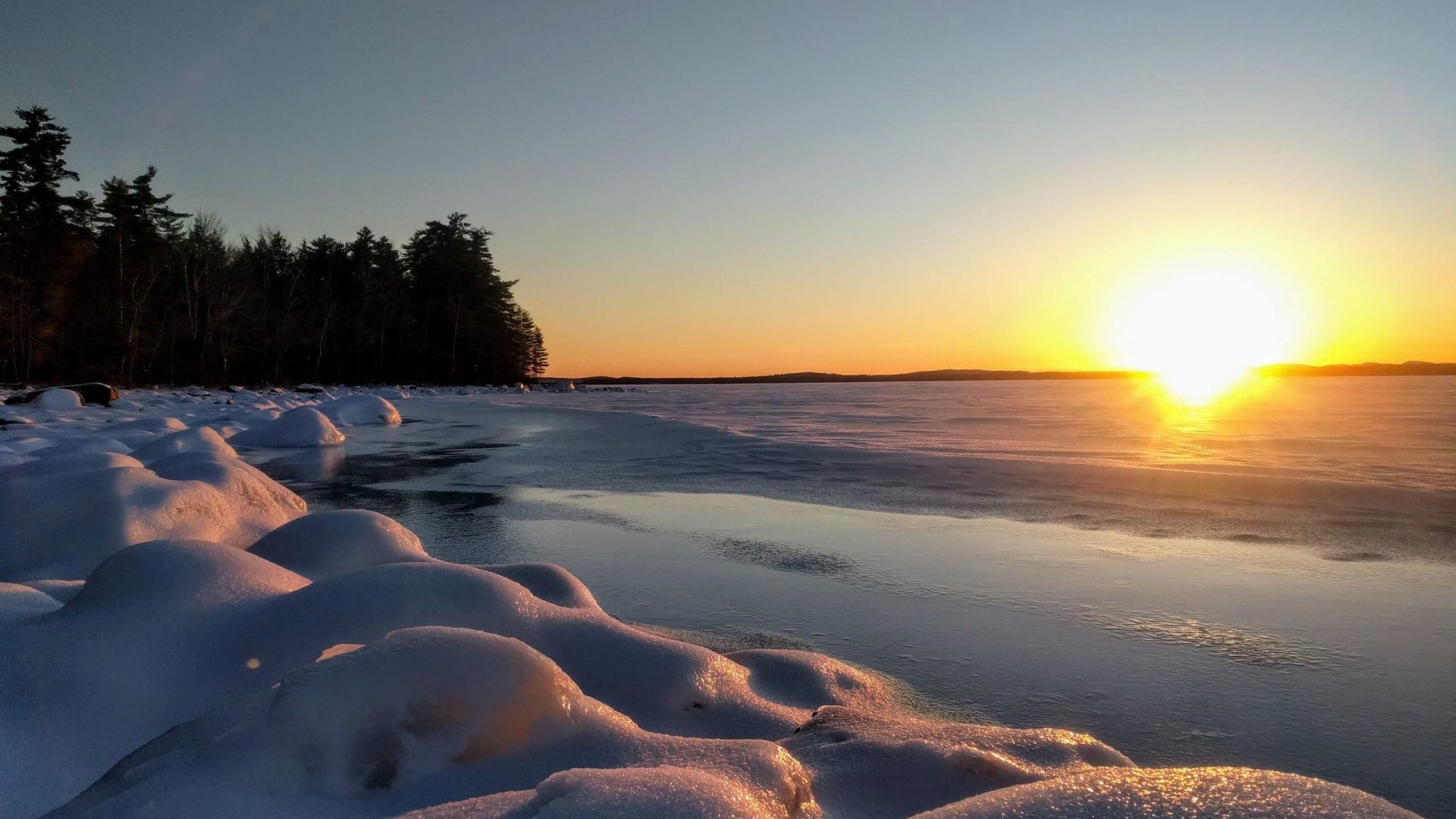
Quick Links
LSM Programs & Tools
Latest News from LSM
Forms & Data Sheets
Ice-In & Ice-Out Tracking
Please help the Lake Stewards of Maine (LSM) track ice-in and ice-out dates for your lake!
Submit your ice-in and ice-out dates using our online ice coverage submission form.

Check out our Ice Coverage Map to see what lakes are currently covered in ice and what dates they iced over or iced-out.
We also provide a county by county summary of the data and an overall picture of some of the changes that are taking place in ice coverage over time, HERE.
But how exactly do I determine ice-in and ice-out?
The LSM collects information about when lakes freeze over in the fall or winter (ice-in), and when the ice melts in the spring (ice-out). Historically most people have only noted ice-out, but increasingly scientists are recognizing the importance of knowing how long lakes are under ice cover, and therefore ice-in is becoming more widely tracked as well. As a storehouse of scientific information for Maine lakes, we feel that this is an important trend to monitor, especially considering the very unusual weather conditions that have occurred in recent years.
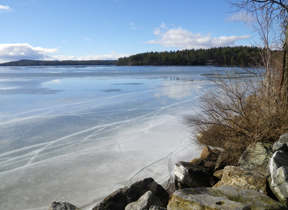 Ice-out is determined when the lake becomes clear of ice in the spring. However, the method of determination often varies from one lake to the next. Observers for some lakes will declare ice-out only when every last vestige of ice is gone, others will wait until the main part of the waterbody is free of ice, and some base it on a rough percentage of how much ice is gone (80% of ice is off the lake). The most important thing to remember in determining ice-out is to follow the method that has been used for your lake historically. If your lake doesn’t have a record of ice-out, we recommend that ice-out be declared when the majority of the lake surface is navigable.
Ice-out is determined when the lake becomes clear of ice in the spring. However, the method of determination often varies from one lake to the next. Observers for some lakes will declare ice-out only when every last vestige of ice is gone, others will wait until the main part of the waterbody is free of ice, and some base it on a rough percentage of how much ice is gone (80% of ice is off the lake). The most important thing to remember in determining ice-out is to follow the method that has been used for your lake historically. If your lake doesn’t have a record of ice-out, we recommend that ice-out be declared when the majority of the lake surface is navigable.
Ice-in can be even more difficult to determine than ice-out, and most lakes don’t have a historic record of these dates. Ice-in occurs when the lake is completely or nearly completely covered with ice. However, lakes can thaw after an early ice-in, and remain open for weeks until the ice finally closes in for the winter. Because lakes can freeze and thaw multiple times, we track the first instance of ice-in as well as the point in time when the lake is covered until the ice goes out in the spring. It should be noted that skim ice should not be counted as an ice-in.
Some methods for determining ice out
We want to stress that if there is a method already in place to continue using that method. The continuity of the data is vital to accurate representation in the data.
If you are looking at collecting ice-in or ice-out informati0n on your lake and there is no historical way this was collected, or that has been lost, we have several recommendations that may make the process easier.
1) Create a group of observers who are responsible for making this determination. It is important to have multiple people involved in this process, or at the very least a clear operating procedure by which the ice-in and ice-out dates are determined. This ensures that there is continuity over time and that if someone is unable to be at the lake during the change, the observation will not be missed.
2) Create a photo station. A photo station is a permanent structure that allows for a camera, smart phone, or simply a person to observe a specific area of the landscape. The photo station, ensures year-to-year changes can be recognized because the major components of the landscape do not change, while the more temporary elements do. This strategy is employed widely in ecology work, from documenting glaciers, to tree cover, to erosion, to changes in marshes. It is important that the specified viewshed be an agreed upon by the group in charge of determining ice cover changes, and that it be in a location that is easy to access, but will not be removed, disturbed, or otherwise compromised in the foreseeable future.
To construct a photo station, it can be as simple as 4″x4″ post with a notch cut into it and a concrete base sunk into the ground, to a box-like enclosure, to an elaborate frame anchored in the landscape. The Association of Fish and Wildlife Agencies discusses this further in their document entitled “Photo Point Monitoring, Using Technology in Field Investigations to Monitor Change Over Time“, as has the US Forest Service in their publication Mountain Views Vol. 7, No. 1, Spring 2013
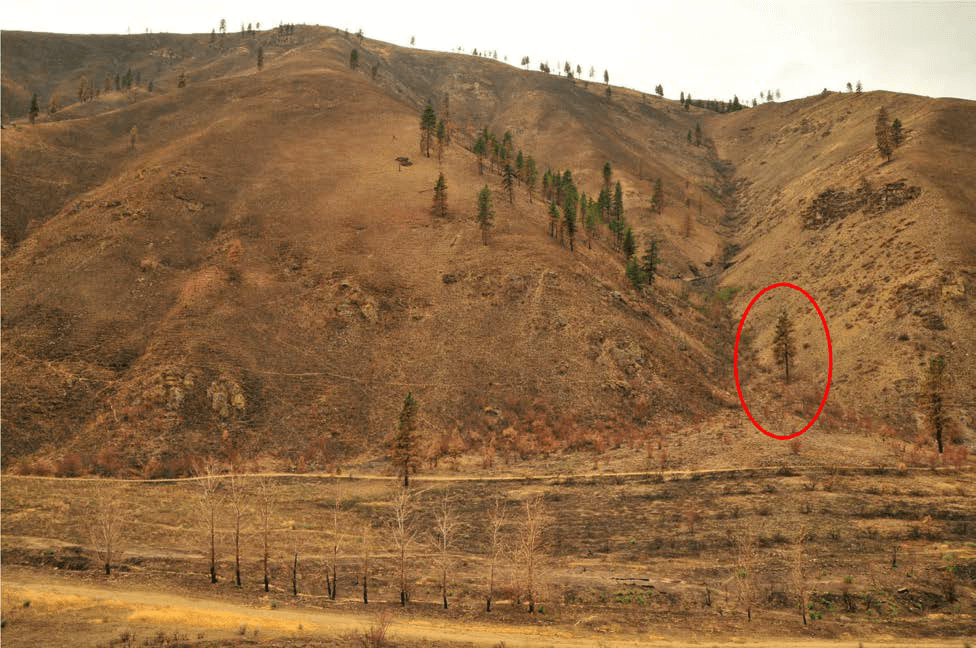
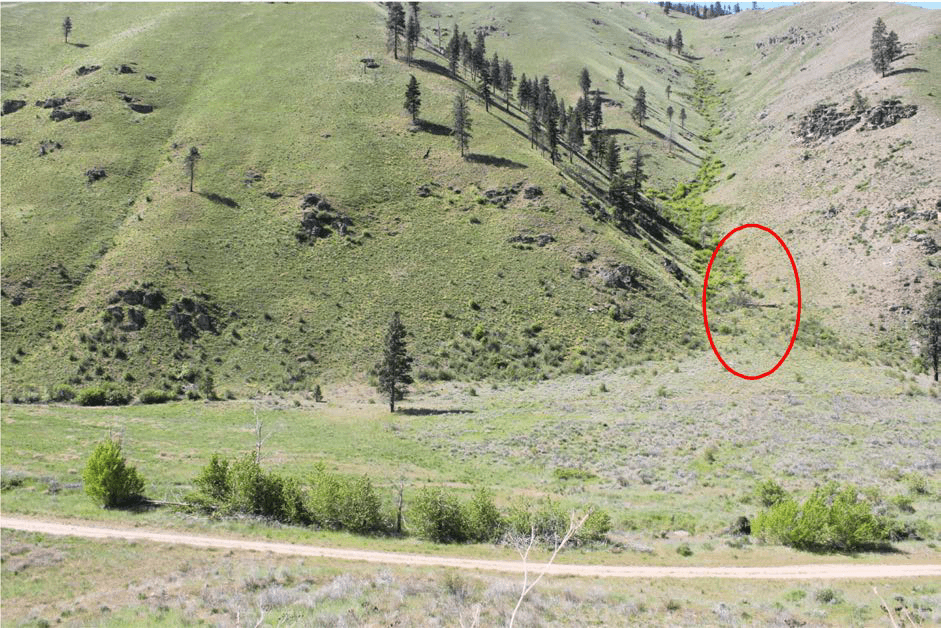
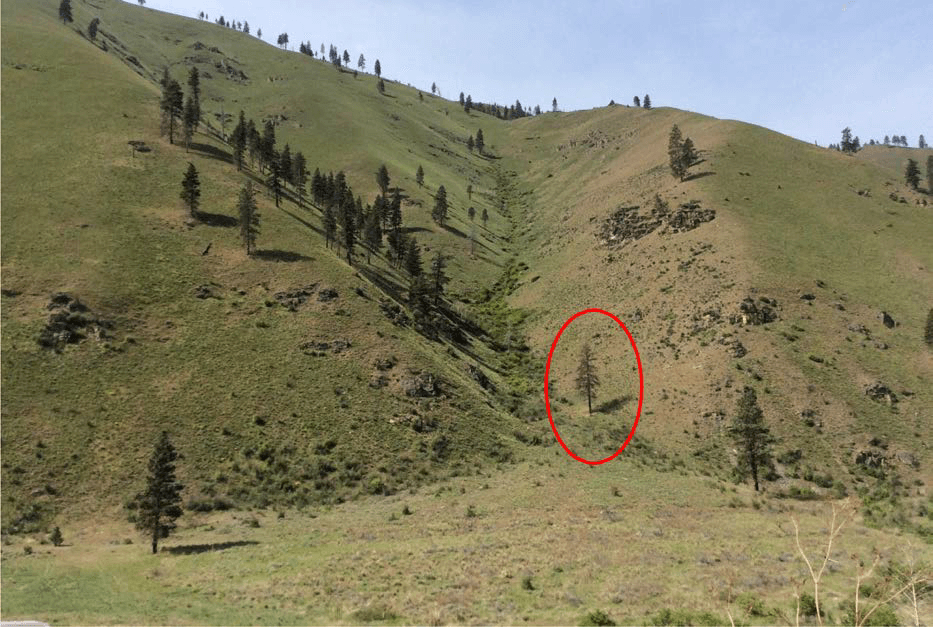
The photos are from “Photo Point Monitoring, Using Tec… Over Time”. They are arranged in sequence 2010, 2014, 2015. You can see the loss of the tree is highlighted by the red oval.
3) There are many methods to making the determination and it in-part depends on your lake. Multiple basins, shade from mountains and forests, and the hydrology all play into how a lake’s ice coverage is determined. The group that is making that determination has the final say and there are many examples beside the photo station from around the state. Taylor Pond has a group of several volunteers that make the determination by calling one-another and coming to an agreement. Nickerson Lake in Aroostook uses a weighted block and a battery clock to determine the ice-out time. They hold a contest each year. This data is extremely valuable, we thank you for your help.
Other volunteer opportunities
If you are looking for another opportunity to volunteer for ice data, climate change community science, our colleagues are working on a project that involves monitoring high elevation (mountain) lakes. Information can be found HERE.
Related Information
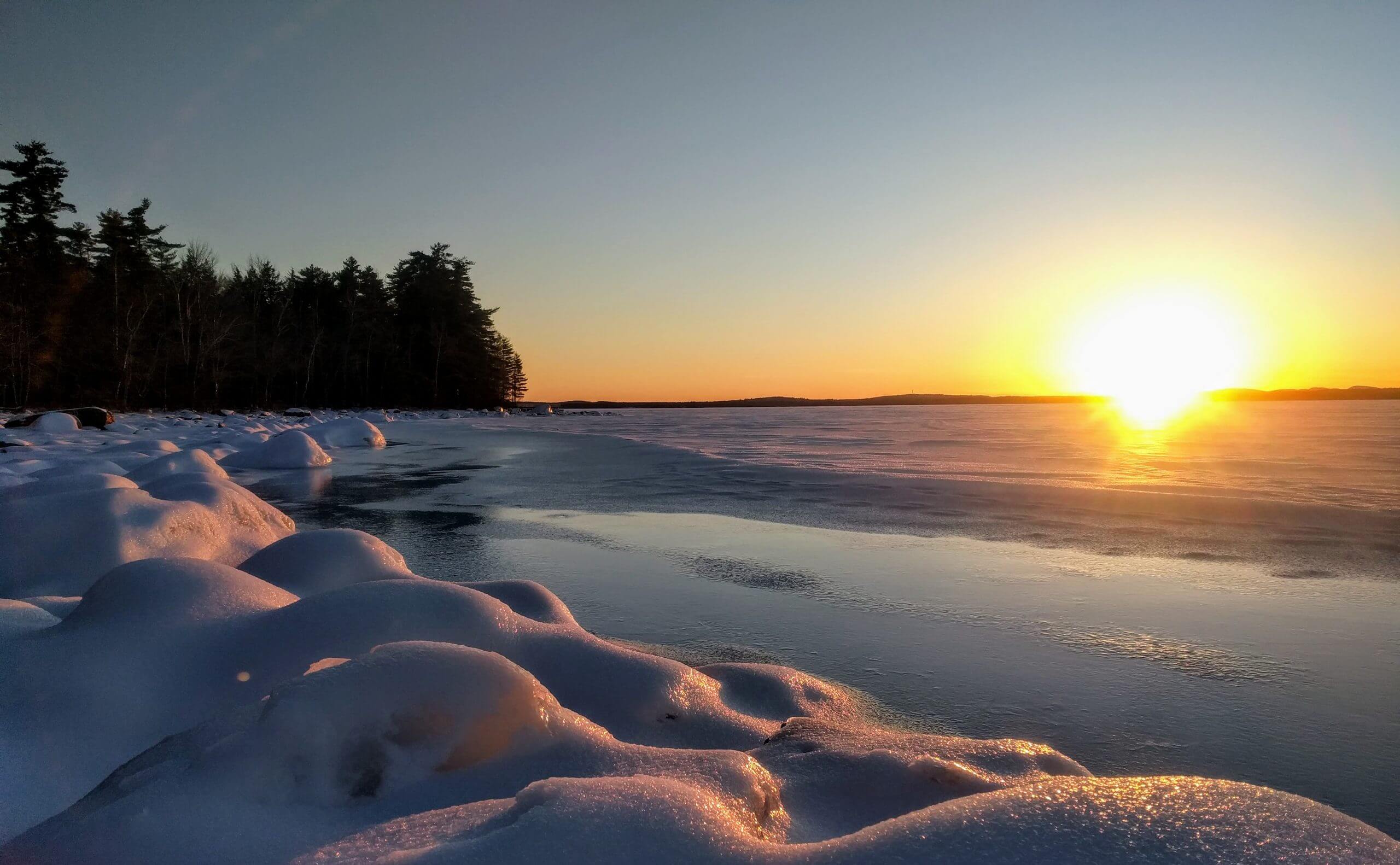
The Story of Maine’s Lake Ice Cover
The Story of Maine’s Lake Ice Cover If you are getting an error message or the page does not seem to be loading, please disable your adblocker or you can view the report HERE. Thank
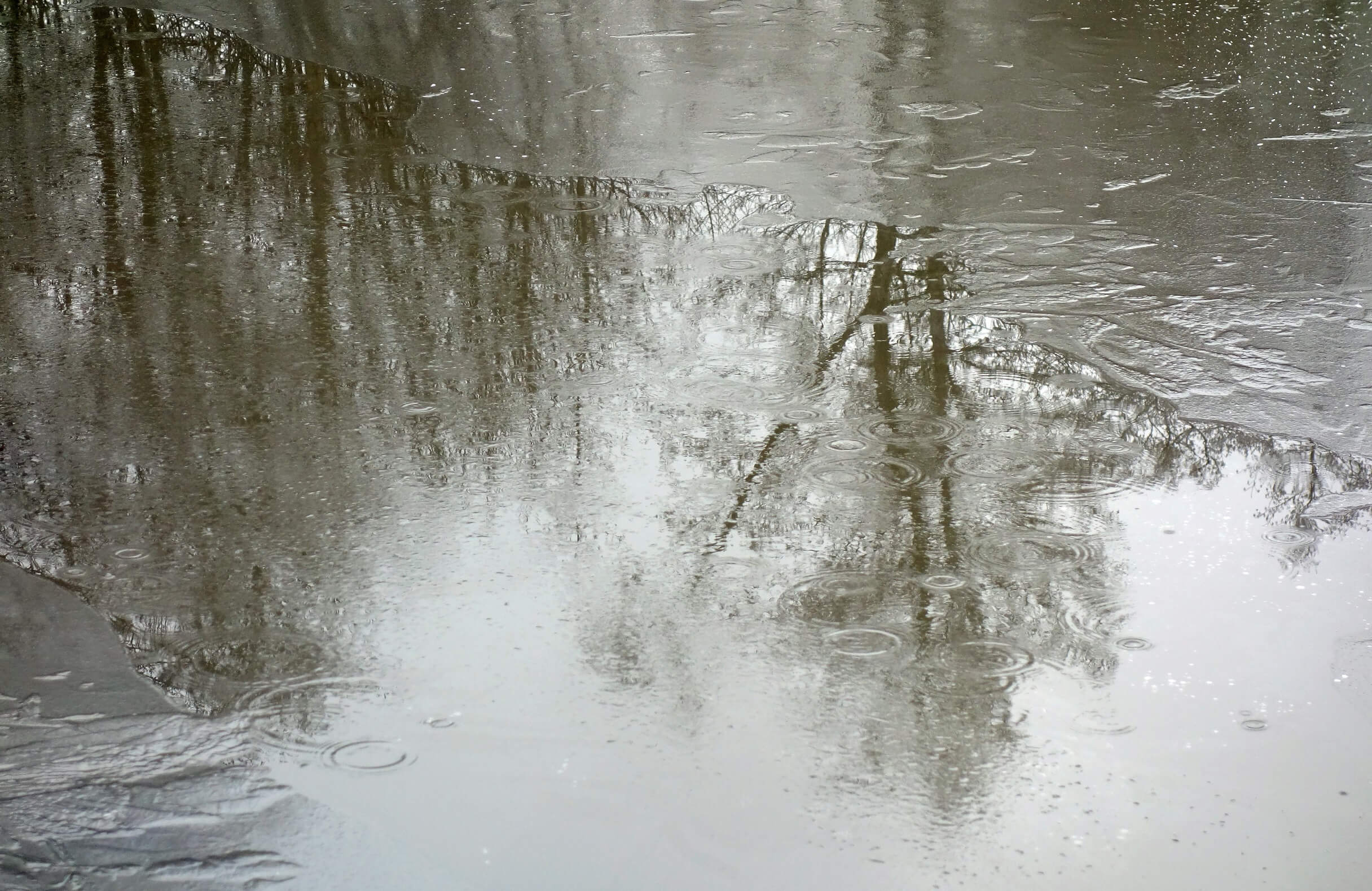
Ice Variability
Ice Variability Quick Links 01/09/2023 Severe temperature fluctuations are a well-recognized potential impact of human-caused climate change.1,2 The warming climate exacerbates the volatility of weather leading to less stability in a season. Over the past

Ice-In & Ice-Out Tracking Map
Ice-In & Ice-Out Tracking Map Quick Links Ice-In & Ice-Out Tracking Please help the Lake Stewards of Maine (LSM) track ice-in and ice-out dates for your lake! The map below displays data that has been

Ice-In & Ice-Out Tracking Form
Ice-In & Ice-Out Tracking Form Quick Links Ice-In & Ice-Out Tracking Please help the Lake Stewards of Maine (LSM) track ice-in and ice-out dates for your lake! Using the form below you can submit
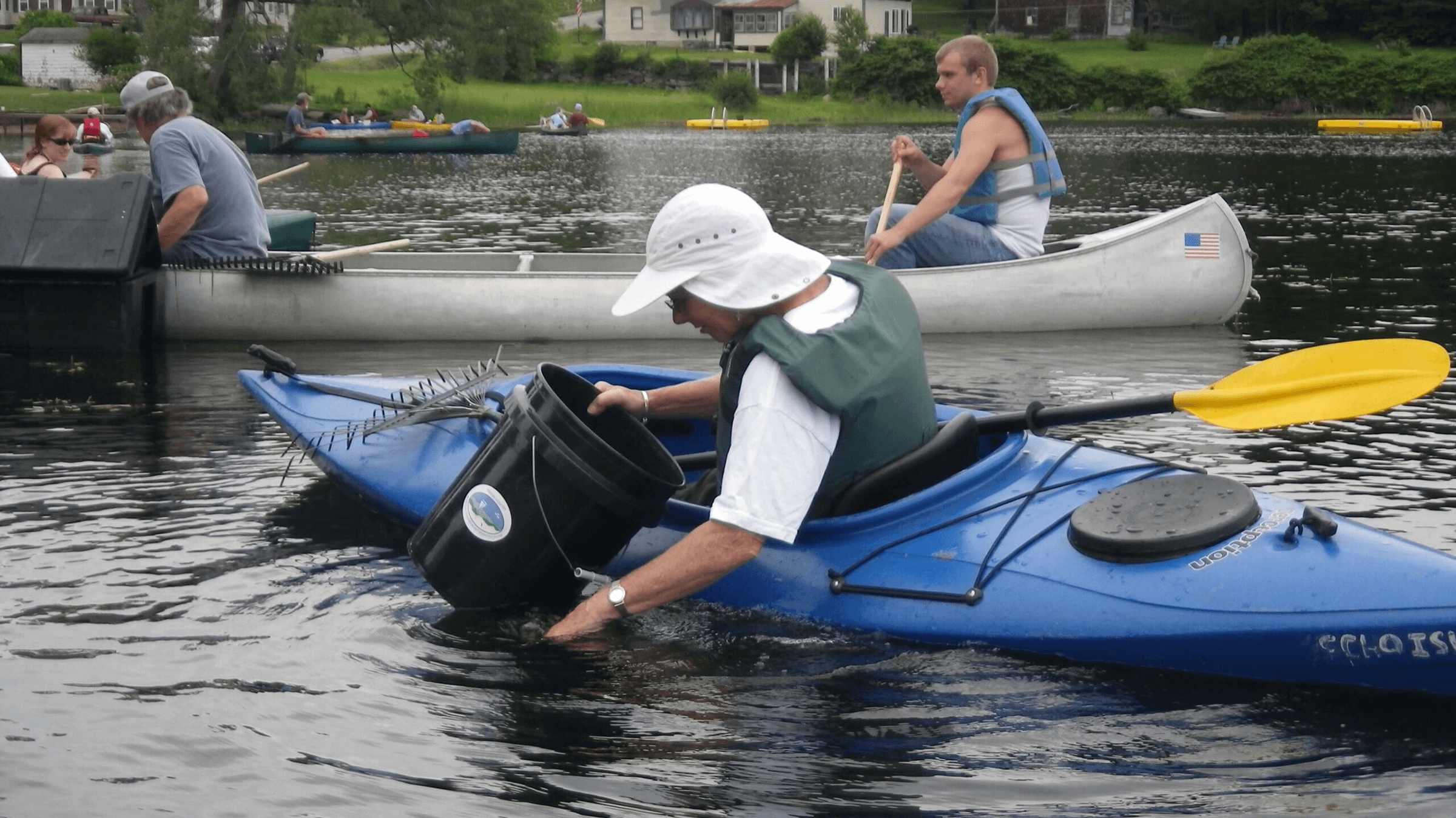
Volunteer Time Tracking Form
Volunteer Time Tracking Form Quick Links Attention LSM volunteers please complete this form providing us with your hours dedicated to monitoring and lake stewardship activities this past year. This information helps us determine volunteer value
Maine Lake Data
Maine Lake Data Quick Links Lake Stewards of Maine (LSM) trains volunteers to collect many types of data related to lake health. In addition, LSM collects and catalogs data from other organizations, such as the
